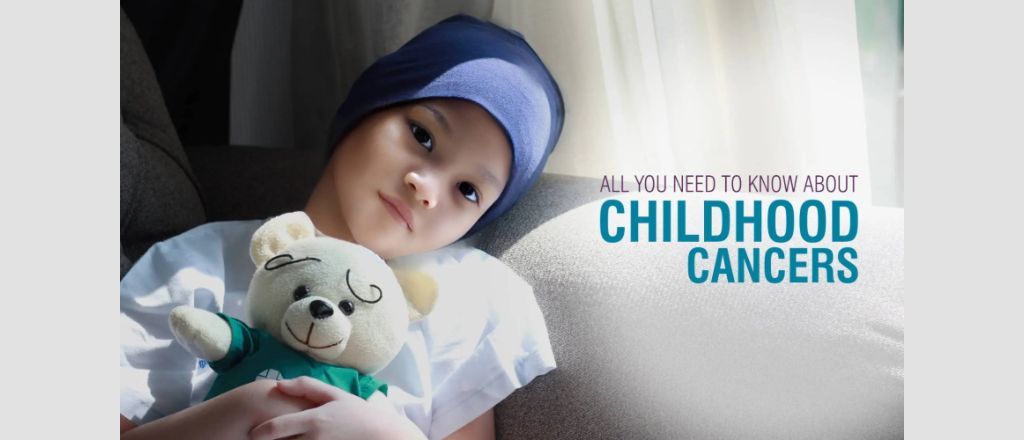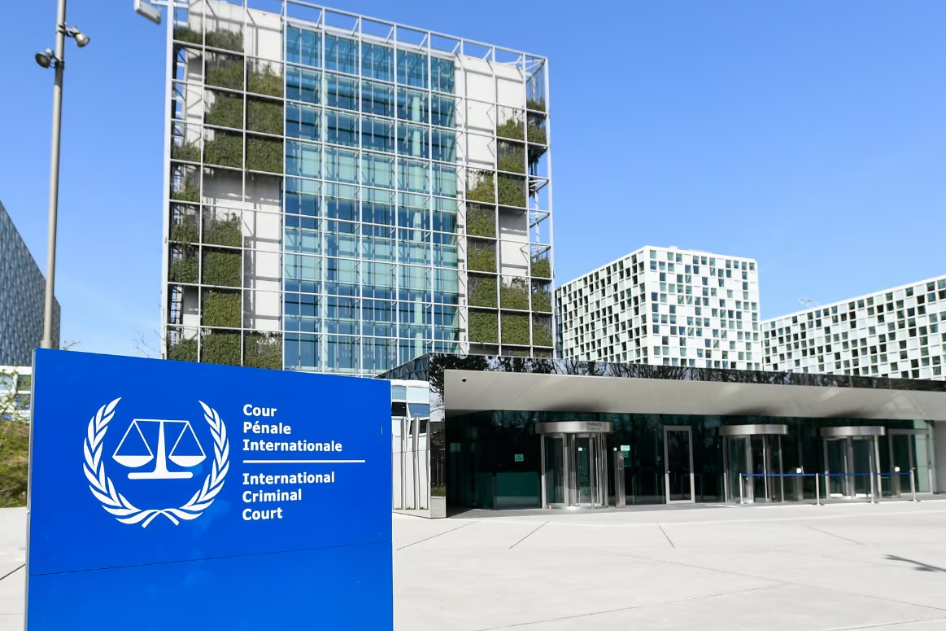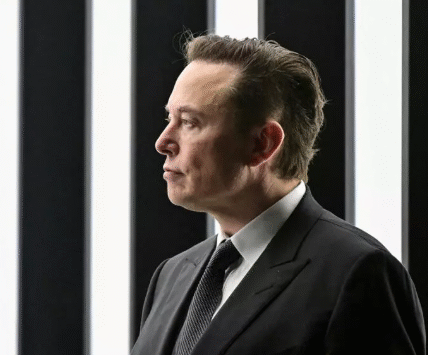Key Facts
- Each year, around 400,000 children and adolescents aged 0-19 develop cancer.
- Common childhood cancers include leukemias, brain tumors, lymphomas, neuroblastoma, and Wilms tumor.
- In high-income countries, over 80% of children with cancer are cured, compared to less than 30% in low- and middle-income countries (LMICs).
- Avoidable deaths in LMICs are due to lack of diagnosis, delayed or inaccurate diagnoses, inaccessibility to treatment, abandonment of care, treatment toxicity, and relapse.
- Only 29% of low-income countries report that cancer medicines are generally available to their populations, compared to 96% of high-income countries.
Introduction
Childhood cancer is a leading cause of death among children and adolescents worldwide. While high-income countries boast an 80% or higher cure rate for childhood cancer, LMICs face significant disparities, with cure rates often below 30%. Bridging this survival gap is critical for improving global health equity.
Common Types of Childhood Cancer
- Leukemias: Cancers of the blood and bone marrow.
- Brain Tumors: Affect various parts of the brain and central nervous system.
- Lymphomas: Cancer that starts in immune cells.
- Neuroblastoma: A cancer often found in the adrenal glands.
- Wilms Tumor: A kidney cancer primarily affecting children.
Challenges in LMICs
In LMICs, several factors contribute to lower childhood cancer survival rates:
- Delayed or Inaccurate Diagnoses: Many children are diagnosed late, or misdiagnosed.
- Access Barriers: Treatment facilities may be far or expensive to reach.
- Abandonment of Treatment: Families may discontinue treatment due to financial or logistical challenges.
- Death from Treatment Toxicity: Lack of supportive care increases the risk of death from treatment side effects.
- Relapse: Insufficient monitoring post-treatment leads to undetected relapses.
Improving access to cancer care, including medicines and technology, can significantly enhance survival rates in all income settings.
Causes of Childhood Cancer
Unlike adult cancers, most childhood cancers have no identifiable cause:
- Genetic Factors: Around 10% of childhood cancers may have a genetic predisposition.
- Chronic Infections: In LMICs, infections like HIV and Epstein-Barr virus can increase cancer risks.
- Preventive Measures: Vaccination against hepatitis B and HPV can prevent liver and cervical cancers later in life.
Further research is needed to understand childhood cancer causes better.
Improving Outcomes
Since prevention is often not possible, early diagnosis and effective treatment are critical strategies.
1. Early Diagnosis Timely and accurate diagnosis improves survival, reduces suffering, and often requires less intensive treatment. Early diagnosis includes:
- Symptom Awareness: Families and primary care providers should recognize warning signs like fever, headaches, bone pain, and weight loss.
- Accurate Clinical Evaluation: Timely diagnosis and staging of cancer.
- Prompt Access to Treatment: Immediate access to the appropriate therapies.
2. Screening Population-based cancer screening is generally not recommended for children. However, genetic counseling and regular monitoring are advised for families with a history of inherited cancers, like retinoblastoma.
3. Treatment Childhood cancer treatment typically involves chemotherapy, surgery, and radiotherapy. Specialized care is essential for physical and cognitive development during and after treatment. Access to essential medicines, diagnostics, and supportive care must be equitable globally.
Over 80% of children with cancer can be cured with accessible childhood cancer services. Ongoing post-treatment monitoring is crucial to manage relapses and any long-term effects of treatment.
4. Palliative Care Palliative care alleviates symptoms and improves the quality of life for children with cancer and their families. It should begin at diagnosis and continue throughout treatment. Community and home-based care can provide pain relief and psychosocial support. Access to oral morphine and other pain-relieving medicines is essential for managing severe cancer pain.
Global Initiatives and WHO Response
In 2018, the World Health Organization (WHO), in partnership with St. Jude Children’s Research Hospital, launched the Global Initiative for Childhood Cancer (Global Initiative). This initiative aims to:
- Increase the global survival rate for childhood cancers to at least 60% by 2030.
- Save an additional one million lives over the next decade.
The initiative uses the CureAll Framework, which helps governments assess capacity, set priorities, and develop evidence-based care standards.
In 2021, WHO and St. Jude launched the Global Platform for Access to Childhood Cancer Medicines to ensure a steady supply of quality-assured medications.
WHO collaborates with organizations like the International Agency for Research on Cancer (IARC) and the International Atomic Energy Agency (IAEA) to:
- Increase political commitment for childhood cancer control.
- Support the development of cancer centers for early and accurate diagnosis.
- Develop standards for early diagnosis, treatment, and palliative care.
- Improve access to essential medicines and technologies.
- Safeguard families from financial hardships due to cancer care.
Conclusion
Childhood cancer is a global health challenge that requires urgent action. By addressing disparities in diagnosis, treatment, and access to medicines, we can ensure that children everywhere have a fair chance at life. The WHO’s global initiatives are a significant step toward achieving equitable cancer care for all children.





